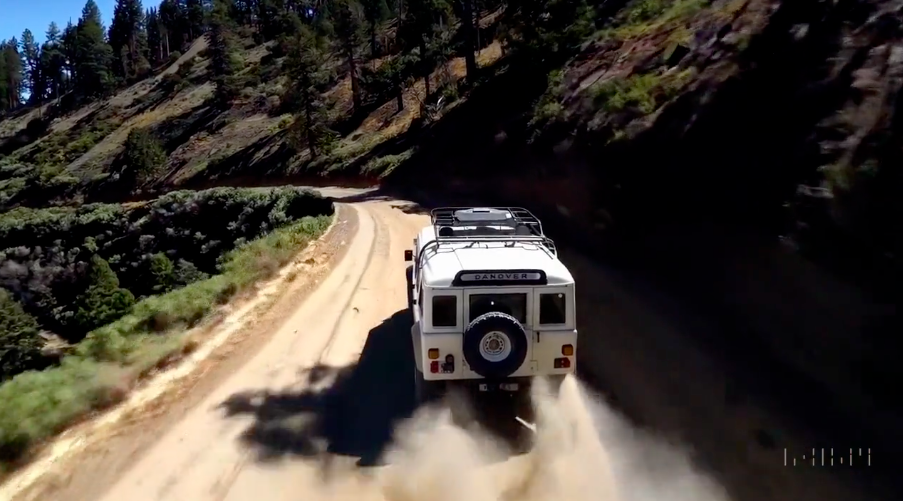In the intense competition to acquire market share and maintain relevance, artificial intelligence (AI) companies, including OpenAI and Alphabet, are fervently striving to introduce the most cutting-edge business-to-consumer use cases. One particularly outstanding product/use case in this arena is Sora. Recently launched by OpenAI, Sora is a text-to-video application that utilizes the substantial language model of ChatGPT to generate up to 1-minute videos based on text prompts.
On the surface, Sora excels not only in producing hyper-realistic videos but also in generating such videos with precision when provided with tweaks and alternative prompts. While Generative Pre-trained Transformers (GPTs) have already transformed writing tasks and occupations, the introduction of speech-to-text transformers, exemplified by Sora, is poised to revolutionize video content development, creation, and consumption as we currently understand it.
This transformative technology opens up new possibilities for the advertising industry, allowing it to seamlessly integrate into this revolution. TV/video commercials and other promotional materials can now be developed without the need to activate a single second of a camera, hire models, or undergo extensive editing and post-production processes.
Nevertheless, a crucial aspect that warrants attention is the inquiry into the sources of intellectual property, copyrights, and other materials that Sora utilizes to create videos with such precision. Brands and content creators must adapt to the evolving landscape shaped by AI, which is increasingly influencing marketing and communication strategies. The advent of Sora prompts a fundamental question about the origin and rights associated with the content it generates, urging stakeholders to navigate and define their roles in this dynamic AI-driven landscape.

